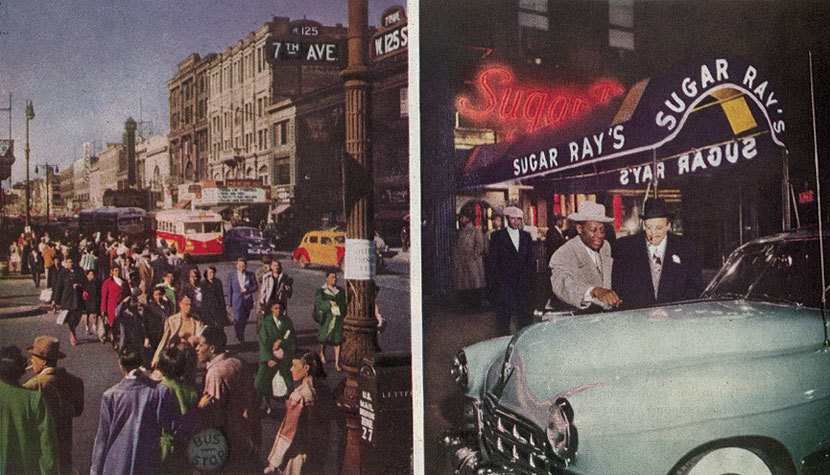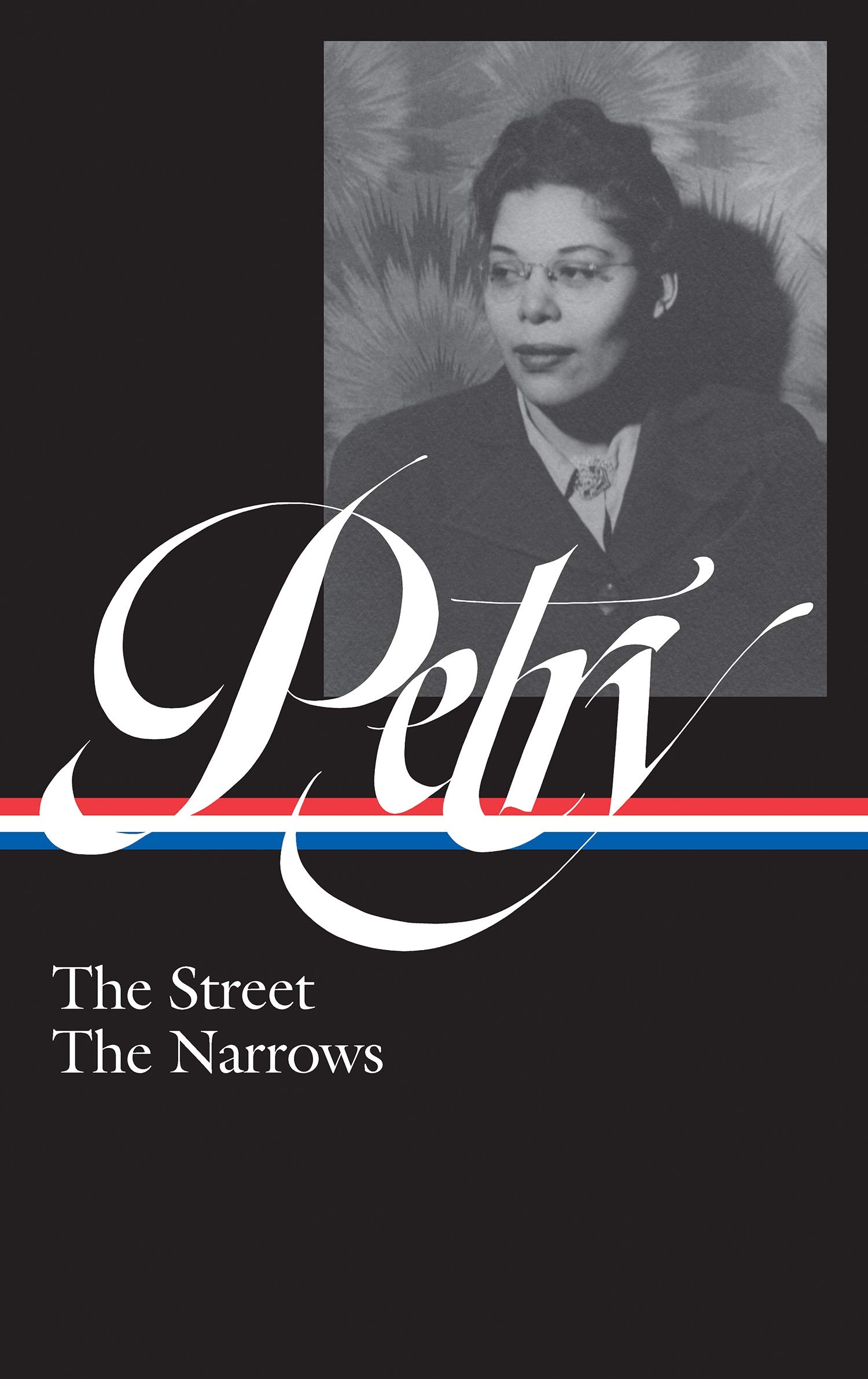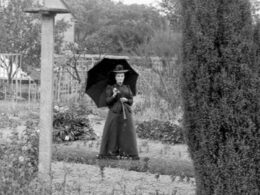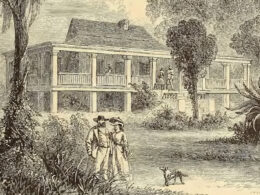Ann Petry (1908–1997)
From Ann Petry: The Street, The Narrows

Harlem, 1949, as captured by American photographer George Leavens (1902–2006). Nineteen images by Leavens accompanied Ann Petry’s essay in the April 1949 issue of Holiday magazine. The pair of photos above opened the piece and included the following captions: “Harlem Shopping Center, 125th & 7th Ave. Negroes hope these business properties, largely white-owned, someday will be Negro-owned.” / “Harlemites love flashy cars. Song writer Dusty Fletcher (left) shows his Cadillac to Tiny Bradshaw, whose Buick is fire-engine red.” Other images portrayed members of Harlem’s “aristocracy” and local celebrities, as well as the less glamorous side of Harlem, including a crime scene and downtrodden tenement dwellers.
Last month the latest addition to the Library of America series was published: a volume collecting Ann Petry’s two great novels, The Street and The Narrows.
Since its publication seventy-three years ago, The Street has sold upwards of two million copies in more than a dozen languages. Both novels were acclaimed by her contemporaries and are still admired and extolled by scholars and critics. Two of Petry’s books for young readers, Tituba of Salem Village and Harriet Tubman: Conductor on the Underground Railroad, charmed a whole generation of schoolchildren—and the Tubman biography remains popular and in print to this day.
Yet Ann Petry never became a household name. This may be in part because of her adverse reaction to the sudden fame that greeted her with the unexpected success of The Street. Overwhelmed, she and her husband fled to her hometown in Connecticut and lived in relative seclusion for the rest of their lives. For half a century she continued to write, but limited her public appearances, interviews, and promotional activities.
Two decades after her death, interest in her writings is on the rise yet again. “What can be done to ignite an Ann Petry revival?” Tayari Jones recently asked in a New York Times article. “Petry is the writer we have been waiting for, hers are the stories we need to fully illuminate the questions of our moment, while also offering a page-turning good time.”
To help along this “revival,” we present as our Story of the Week selection a short (and never reprinted) article about Harlem Petry wrote for a travel magazine in 1949.




